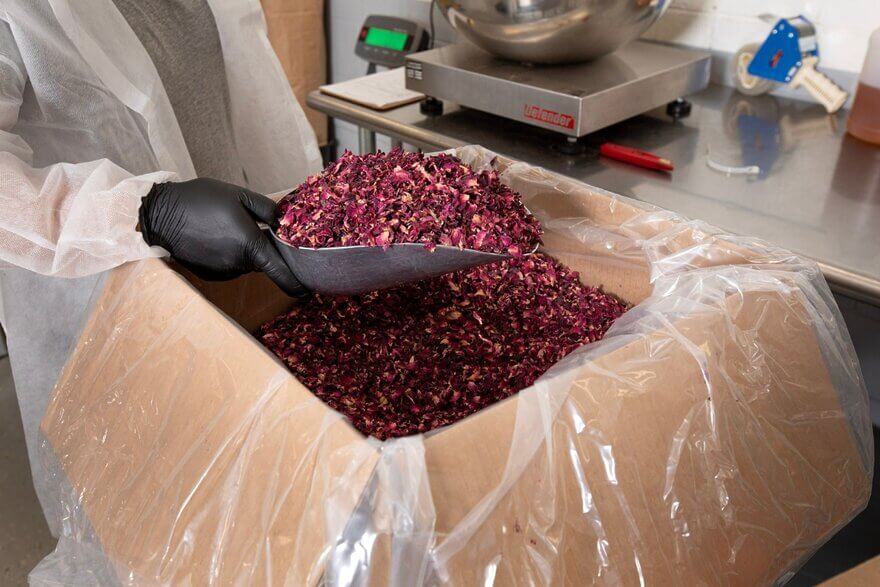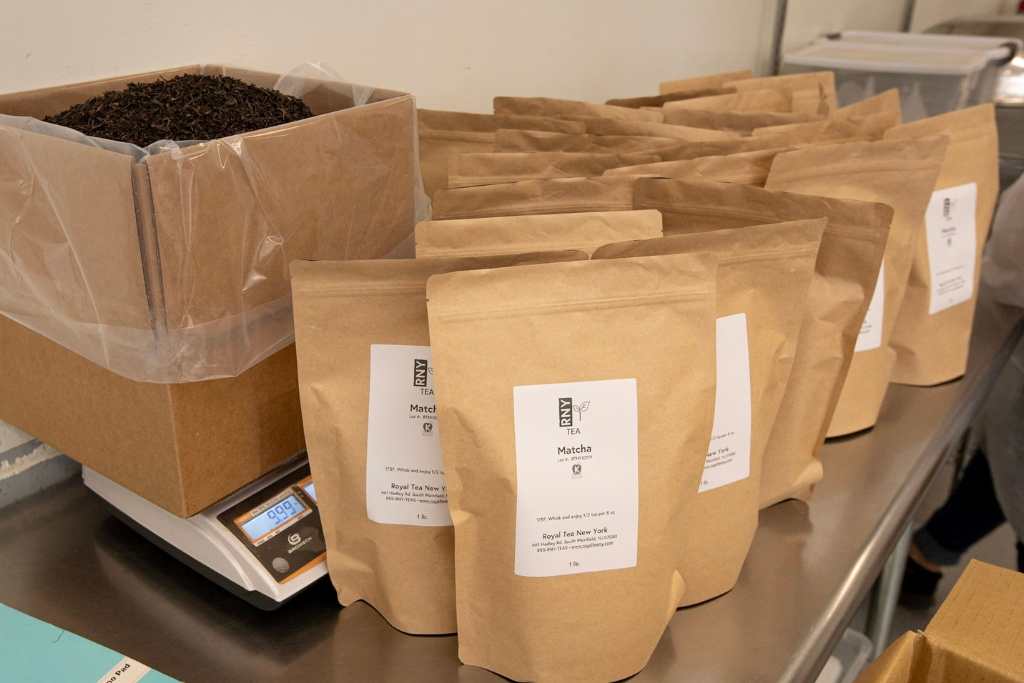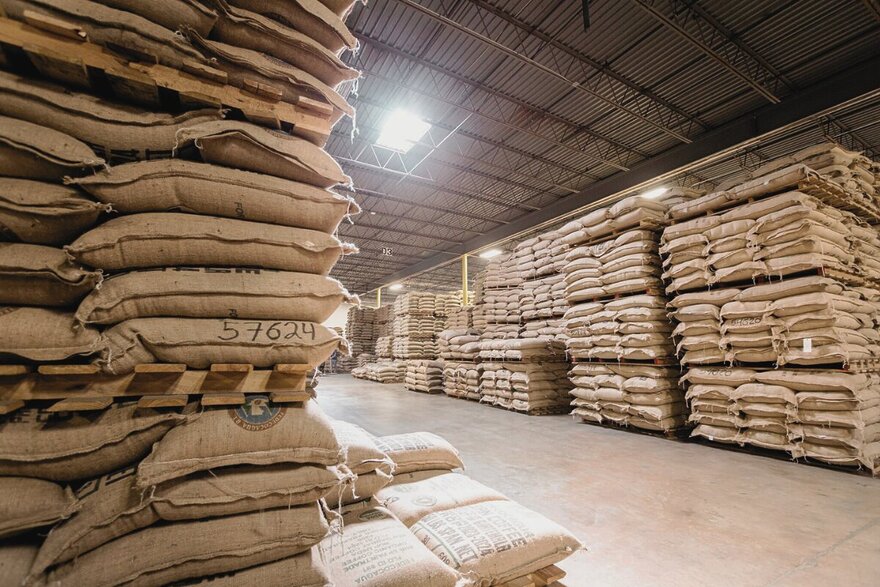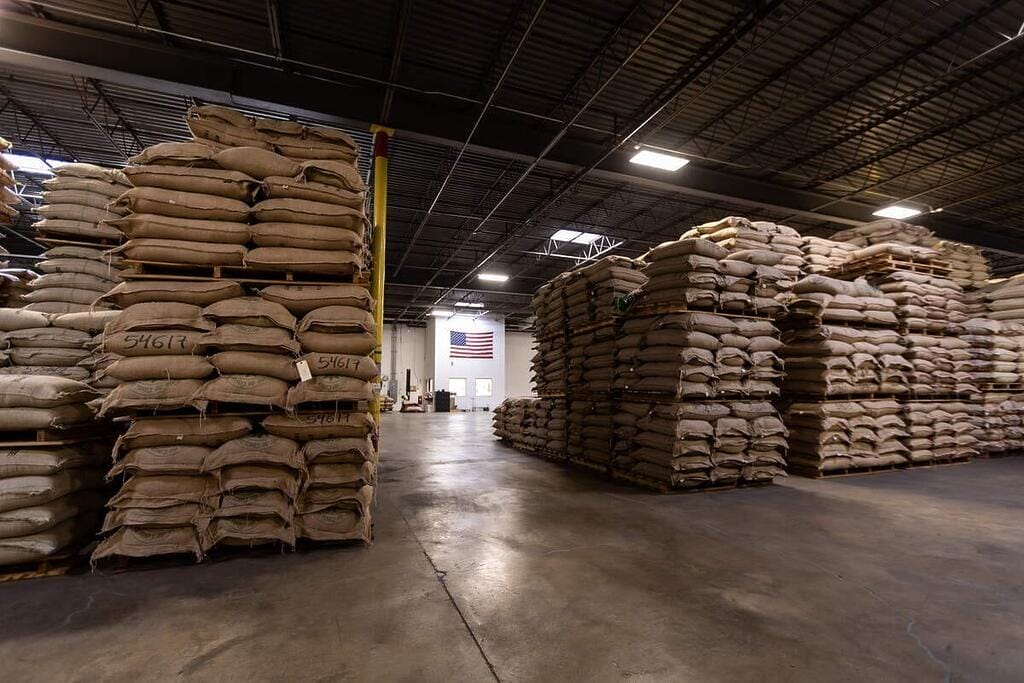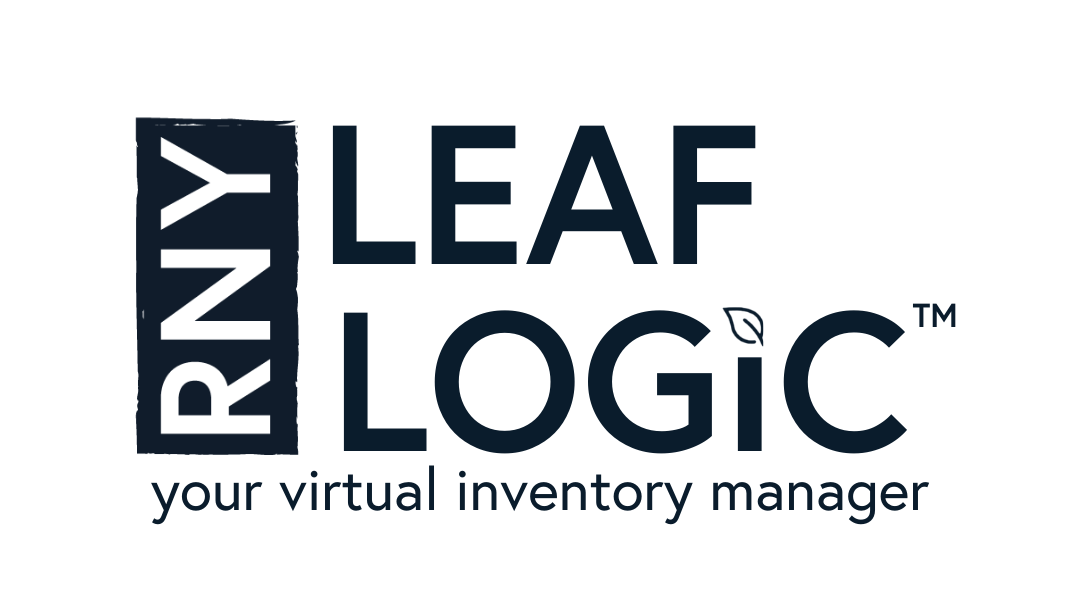When you put the time and energy into crafting your product, it should practically sell itself. However, we all know that’s not the case! Facing a shelf full of competing brands can be daunting, but there’s one thing that can help your product catch a consumer’s eye: good packaging. Packaging your tea properly is not only essential for maintaining product quality, but it’s also a customer’s introduction to your brand! To help your company stand out from the rest, Caitlin Schiessl breaks down the key elements for successful loose leaf tea packaging.
The Importance of Tea Packaging
Packaging is vital to preserving freshness, attracting customers, and making your brand stand out from competitors. Well-designed packaging can do the following:
1. Protect your tea from light, moisture, and air—the key components that make tea degrade faster.
2. Enhance product appeal and branding.
Choosing the Right Packaging for Your Brand
There are many different types of packaging, but what works for you may not work for someone else. It’s important to understand what kind of packaging will work for your brand.
Tea Tins
Tins are durable and reusable. This type of packaging can add a high-end, premium appeal to your product.
Paper Tubes
These are becoming more and more popular as a choice for packaging. They’re lightweight, durable, and visually appealing for holding tea!
Stand-up Pouches
These tend to be less expensive than most options, and there are many eco-friendly varieties out there to appeal to environmentally-conscious consumers.
Designing Your Tea Packaging for Retail Success
Tea packaging should be both visually attractive and functional. Think about these key design elements:
Branding
Use colors, graphics, and typefaces that reflect your brand’s identity. Packaging is the first thing your customer sees when your product is on a shelf!
Informative Labeling
Make sure your packaging includes key details, such as:
1. Tea or tea blend name, along with a brief description of the product.
2. Ingredient list
3. Net weight and number of servings
4. Best by date
5. Brewing instructions
6. Certifications (if Organic or Kosher certified, for example)
Final Thoughts
Your company’s tea packaging is crucial to the success of your product in a heavily-saturated retail market. By selecting the right design and materials, as well as maximizing the appeal and functionality of your packaging, you can create a competitive product. Investing in well-designed packaging will help your brand stand out and attract customers.




